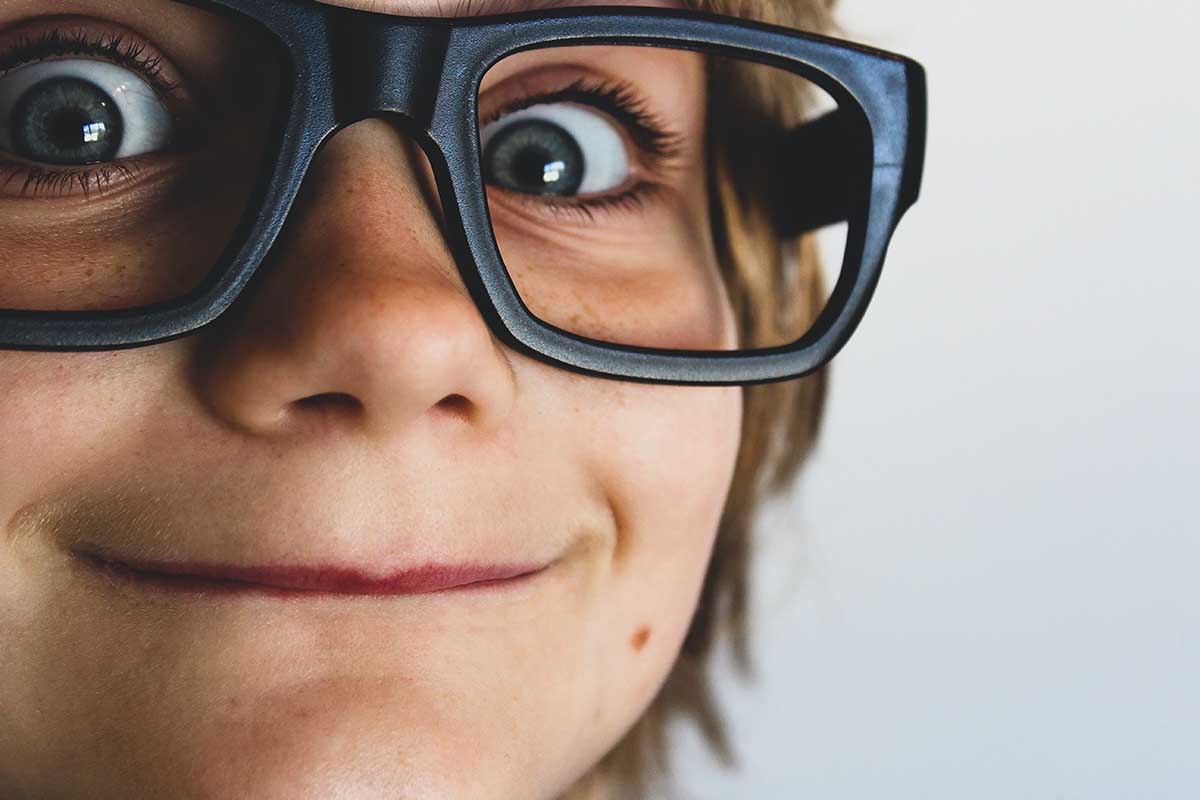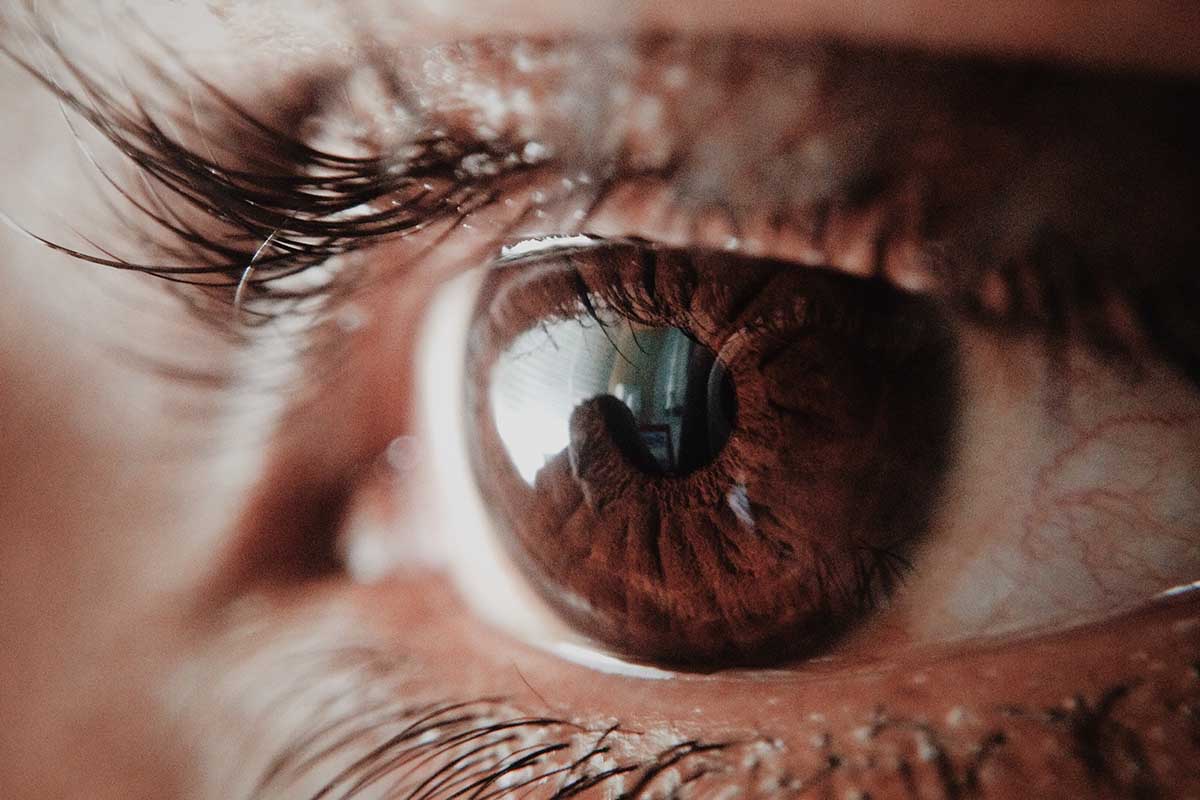What is a Lazy Eye?
Key Points
Amblyopia Defined: A lazy eye (amblyopia) occurs when one eye’s vision fails to develop properly, affecting about 1 in 30–50 children—most diagnosed around age four.
Brain Override: Because the brain favors input from the stronger eye, the weaker eye’s central vision can fall behind—if untreated early, it may never reach normal levels.
Root Causes & Timing: Misalignment (strabismus), refractive errors (unequal focus), or anything blocking light (like a cataract) can trigger amblyopia. Early intervention—vision therapy or corrective lenses—is crucial for retraining the brain and restoring balance.
A lazy eye is a childhood condition known as amblyopia, whereby vision does not develop properly in one eye.
This is a condition that impacts one in 30 to 50 children, with most diagnosed around the age of four years old.
A child with a lazy eye probably won’t be able to see clearly out of the affected eye, which means they will rely on the ‘good’ eye more.
It is scarce for amblyopia to impact both eyes, although there have been cases.
A recent study from SeekOptics.com revealed that roughly 20 percent of children with eye disorders have sensorineural hearing loss too.
Therefore, look out for signs of this, and if you notice any, book an appointment with an audiologist.
An audiologist can also help with hearing aid maintenance, hearing aid programming, and anything else you may need.
What Are The Causes?
There are a number of different causes of a lazy eye, but before we explain them, it is important to understand how the eyes work.
Eyes operate like a camera. Light passes through the eye’s lens and reaches the retina at the rear of the eye, which is a layer of tissue that is light-sensitive.
The retina then translates the image into nerve signals sent to the brain.
The brain then turns these signals into a three-dimensional image.
Therefore, lazy eye problems happen when the brain’s connections responsible for vision aren’t occurring as they should.
This can happen for a number of different reasons: Confusion between the eyes, such as a squint; A lack of focus in the eye; A reduction in the amount of light entering the eye.
In such cases, vision therapy for amblyopia may be recommended to help retrain the brain to use the weaker eye effectively, especially when started at an early age.
If you believe your child has a lazy eye, you need to get it treated as soon as possible.
Failure to do so could mean that the eye’s central vision never reaches normal levels.
Symptoms Of A Lazy Eye

Unfortunately, a lazy eye can be difficult to spot, as there aren’t usually any symptoms of a lazy eye.
In some cases, you may notice that one of your child’s eyes looks different from the other, but often there is no visual difference at all.
Plus, young children don’t often realize that there is something wrong with their vision.
Older children, however, are more likely to complain if they cannot see as well through one eye.
However, a lazy eye can be a symptom of another eye condition. So, if your child has one of the following conditions, they could also have a lazy eye:
- Childhood cataracts – This is when cloudy patches develop in the lens.
- Refractive errors – When a person is either long or short-sighted.
- Asquint – Where the weaker eye looks downwards, upwards, outwards, or inwards, and the normal eye looks straightforward.
As mentioned in the introduction, most children are diagnosed around the age of four-years-old.
This usually occurs during a routine eye test. It is important to take your child to have an eye test once they are old enough to have one, which is usually at 3+ years.
Lazy Eye Treatment
A lazy eye is something that is treated in childhood. In fact, it is difficult to treat this condition after someone is four-and-a-half-years-old.
This is why it is so important to take your child for an eye test as soon as they are old enough to have one.
There are two steps taken when it comes to treating amblyopia: treating the underlying eye problem and then encouraging the use of the lazy eye.
Let’s take a look at both below.
Treating The Underlying Eye Problem
Firstly, if lazy eye surgery is caused as the result of an underlying eye problem, the natural solution is to treat the issue.
- Cataract surgery – In most kids, vision developers better if cataracts are removed in the affected eye. This is a procedure that is carried out under general anesthetic, and it takes between one and two hours. Your child will probably use eye drops afterward, and they could need to stay in the hospital overnight.
- Prescription glasses – Prescription glasses can be used to treat short or long-sightedness. Glasses will need to be checked frequently to ensure they are right for your children’s eyes. Glasses can also assist with straightening a squint, and in some cases, they can treat lazy eyes without further treatment.
Encouraging The Use Of The Lazy Eye
The second step is to encourage the use of the child’s lazy eye, and there are a number of amblyopia treatment options to help with this.
- Eye drops – Atropine eye drops can be used so that the child’s vision from their good eye is blurred. They do this by dilating the good eye’s pupil and blurring near vision. This encourages your child to use their lazy eye.
- Eye patches – Also known as occlusion, you can use a patch with a sticky rim, and place it over the good eye. Again, this forces the lazy eye to work, which can be successful in improving sight in the impacted eye. How long should your child wear a patch for? Well, this depends on a number of things, including their co-operation, how serious the problem is, and how old they are.



















